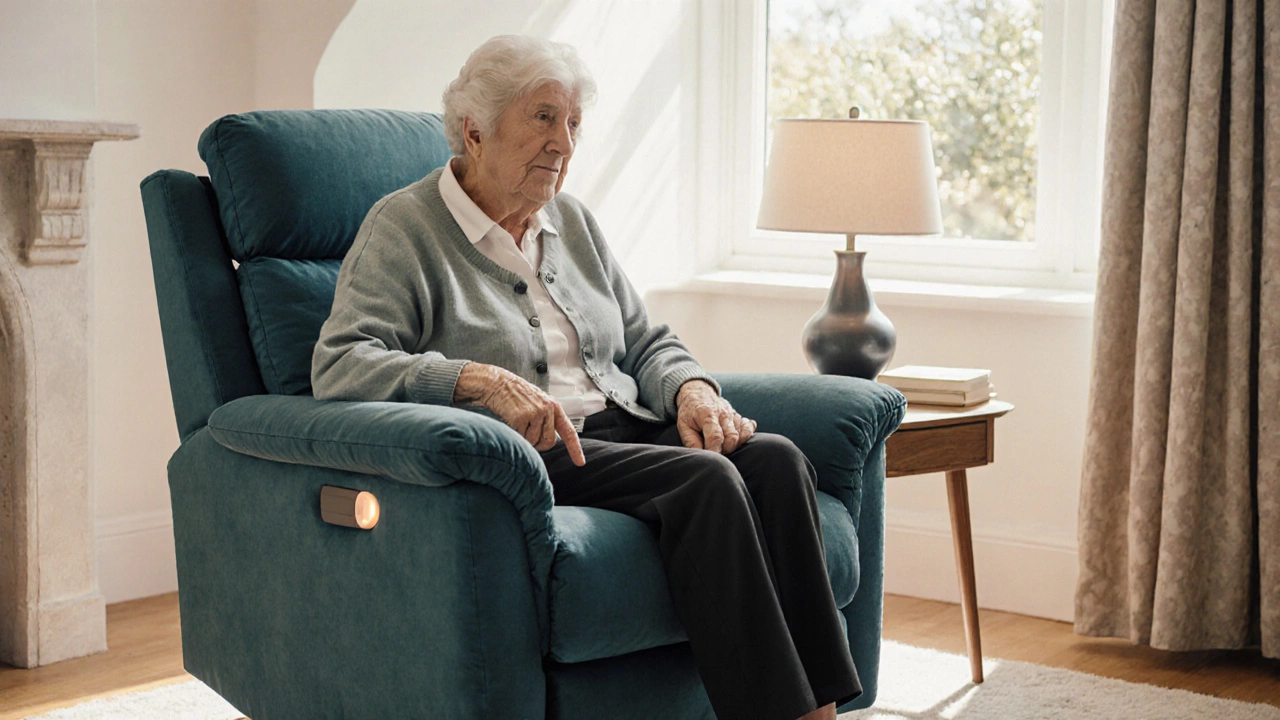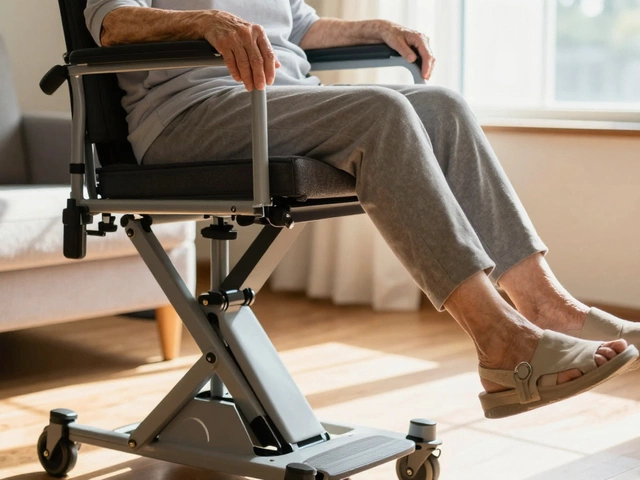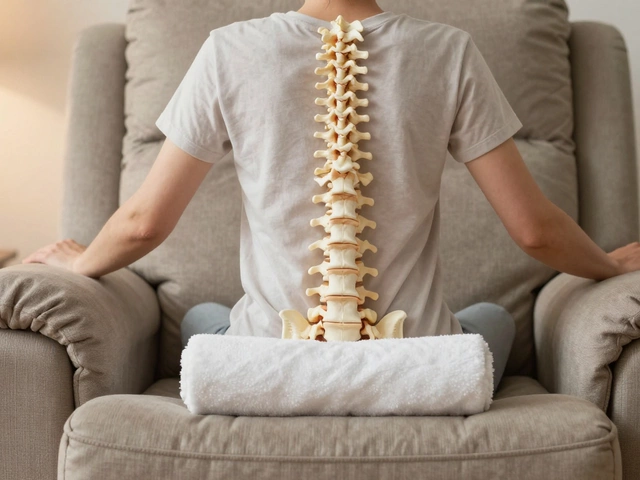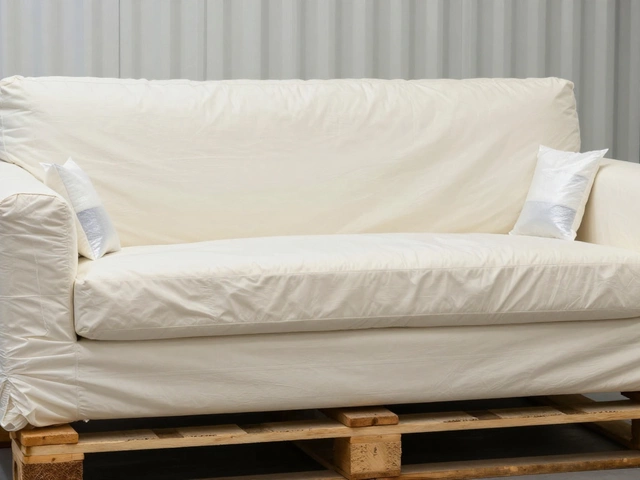Comfort Features – Designing Cozy, Functional Spaces
When working with comfort features, the set of design elements that improve physical ease, visual appeal, and overall well‑being in a space. Also known as comfort elements, they play a key role in how we experience a room, whether it’s a bedroom, living area, or home office.
Key Pillars That Shape Comfort
One core pillar is ergonomics, the science of fitting furniture and layouts to human body mechanics. Good ergonomics reduces strain, supports posture, and makes everyday tasks feel natural. Another vital pillar is material quality, the durability, texture, and finish of furniture components. High‑grade wood, breathable fabrics, and solid metal frames all contribute to lasting comfort and a premium feel.
Temperature regulation is often overlooked, yet it directly influences comfort. temperature control, features like insulated upholstery, airflow‑friendly designs, and heat‑reflective finishes keep a room from feeling too hot or cold. When temperature is balanced, other comfort aspects—especially acoustic comfort—perform better. Acoustic comfort, the ability of a space to minimize unwanted noise, ties back to material choices and layout planning, creating a quieter, more relaxing environment.
These pillars don’t exist in isolation. Comfort features encompass ergonomics, while material quality influences both temperature regulation and acoustic performance. A well‑chosen sofa fabric can let air circulate, keeping you cool, and also absorb sound, reducing echo. Likewise, a sturdy desk with rounded edges promotes ergonomic posture and prevents cold spots on your wrists during long work sessions.
Understanding how these elements interact helps you make smarter buying decisions. For example, an office chair with adjustable armrests supports ergonomic alignment, while a breathable mesh back improves temperature control. Choosing a bedroom wardrobe built from solid oak not only offers material quality but also naturally dampens noise from sliding doors, enhancing acoustic comfort.
Every room benefits from a balanced mix of these comfort features. In living rooms, the harmony between a coffee table height and sofa depth determines ergonomic flow, while the table’s material can reflect or absorb light, affecting perceived temperature. In bedrooms, the softness of bedding, the sturdiness of a nightstand, and the quiet operation of a wardrobe door together shape the overall sleep environment.
When you combine ergonomics with quality materials and temperature‑friendly designs, you create spaces that feel intuitive and inviting. This synergy is why many homeowners prioritize comfort features during renovations—because the payoff is a home that supports health, productivity, and relaxation without extra effort.
Below you’ll find a curated collection of articles that dive deeper into each of these comfort elements. From the right office chair posture to choosing the perfect TV stand height, the posts explore practical ways to boost comfort in every corner of your home.
Senior Recliner Chair Explained: Features, Benefits, and Buying Guide
Learn what a senior recliner is, its key features, health benefits, how to pick the right model, and maintenance tips for lasting comfort.







